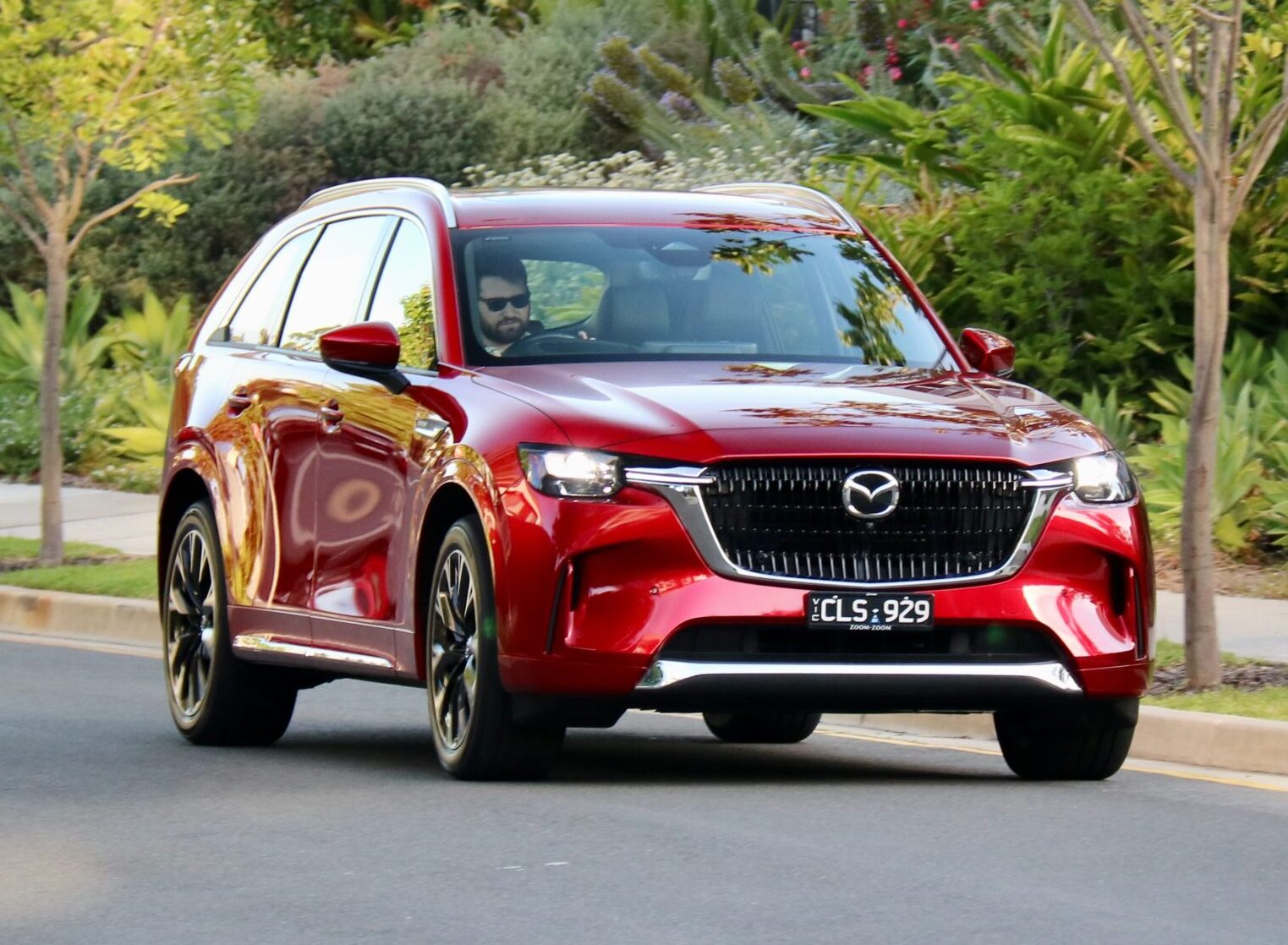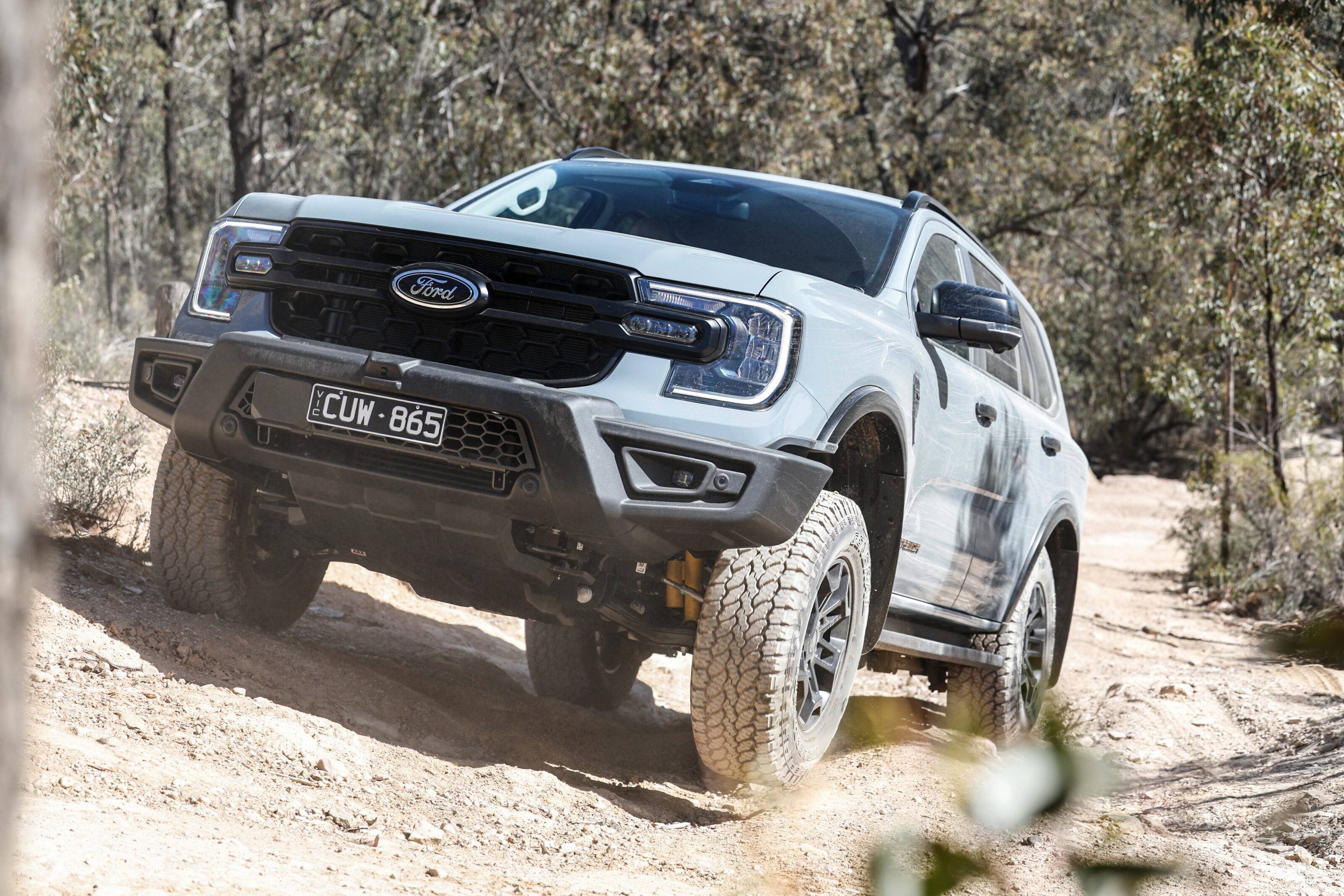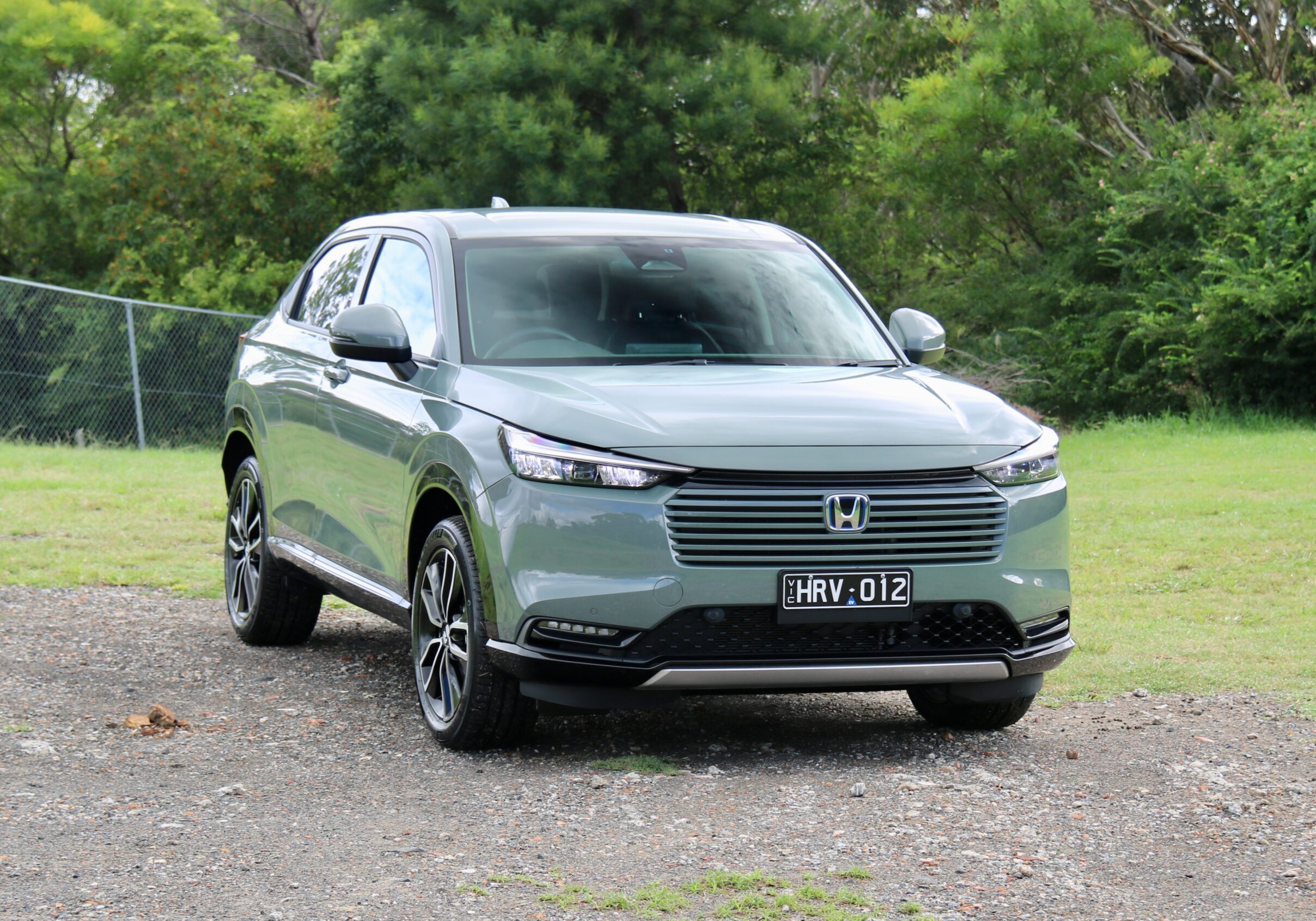Reviews
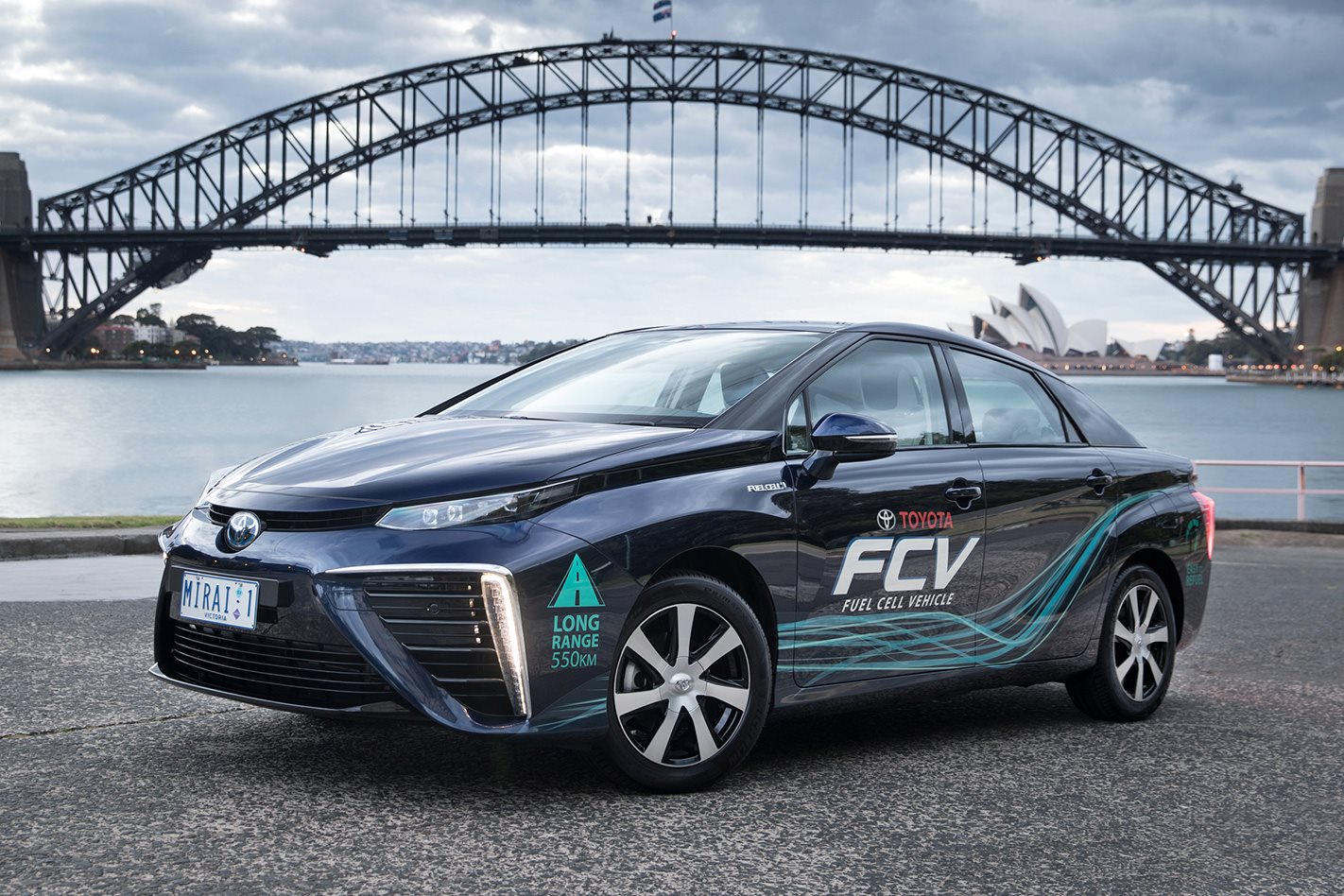
Gallery 2
TELL ME ABOUT THIS CAR
The Mirai is Toyota’s first mass produced hydrogen car and one of the first of its type in the world. It is only sold in Japan, America and some parts of Europe and is sold in very small numbers because it is quite expensive (upwards of $80,000). Toyota has brought three Mirais to Australia to help kickstart the discussion about selling hydrogen-powered cars in Australia.
STRENGTHS
- It’s clean. The Toyota Mirai runs on pure hydrogen that is fed into a fuel cell, which performs a chemical reaction to create electricity. The electricity is then used to power an electric motor, meaning the Mirai performs very much like an electric car. There is an exhaust pipe but the only thing that flows through it is steam and water. The Mirai carries enough hydrogen in its two high pressure tanks to cover about 550km, making it comparable to regular petrol- and diesel-powered cars.
- It stands out from the rest of the cars on the road. The Mirai has been designed to look futuristic, so it in some ways visually reinforces the technology going on beneath the skin. It has some bold shapes and angles – which don’t conform to the classically elegant proportions – as well as plenty of creases and sharp edges.
- It does what people expect of a medium car. Despite not emitting any harmful gases and running only hydrogen the Mirai is otherwise thoroughly normal. There are four comfortable seats and all the infotainment and comfort features expected of a mid-sized car.
- It goes well. The Mirai’s electric motor makes 113kW of power, which is similar to most small cars. But it also has 335Nm of torque, or pulling power, that makes it good for zipping around town. So even though it is quite heavy (1850kg, about 300kg more than a Toyota Camry) the Mirai accelerates briskly.
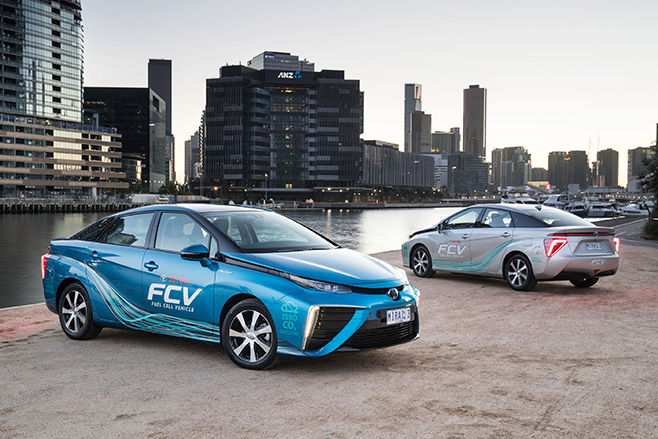
2
WEAKNESSES
- Lacks cargo space. The Mirai has a wide and deep boot, but it doesn’t extend far into the car. That’s because one of two hydrogen fuel tanks sits between the back of the rear seats and the boot itself. So boot space is limited to 361 litres.
- It’s not exactly exhilarating. Our drive was very brief, but it’s fair to say the Mirai is not what many would expect of a car costing upwards of $80K. It’s more like a mid-sized car costing half that price when it comes to performance and cornering nous.
- Nowhere to refuel. There are currently no public hydrogen refuelling stations in Australia. Toyota gets around this with a custom made Hino semi-trailer that has a hydrogen refuelling rig on it. The truck can go anywhere in Australia to allow each of the three Mirais to be refuelled anywhere. There would be obvious limitations to this if the car were to go on sale.

